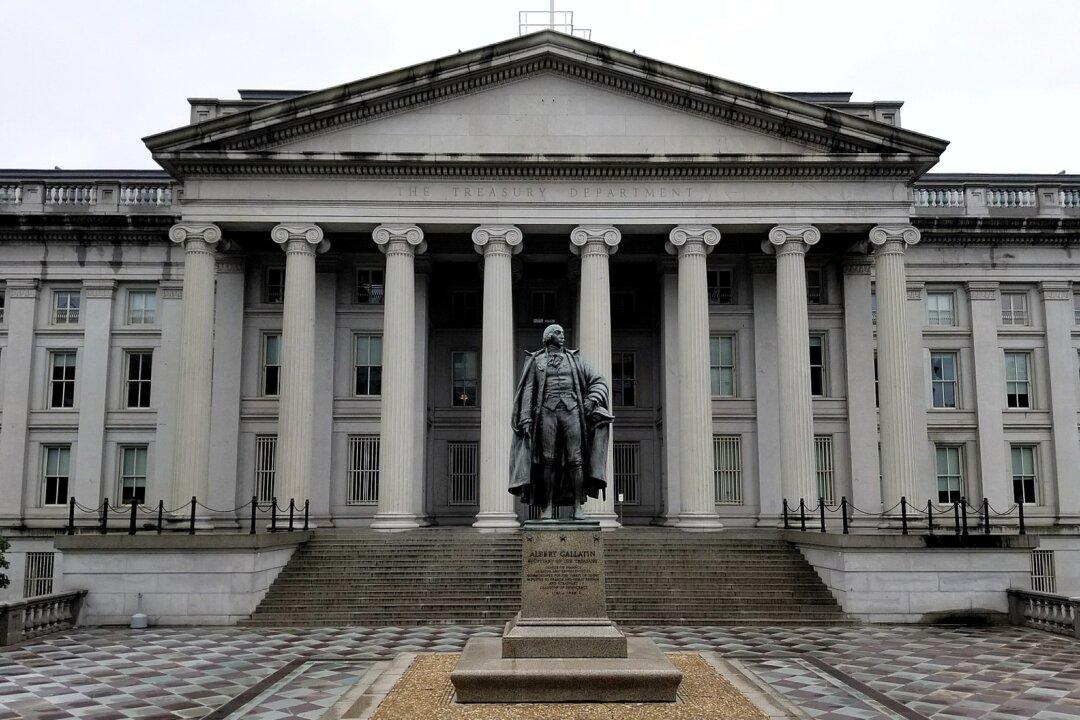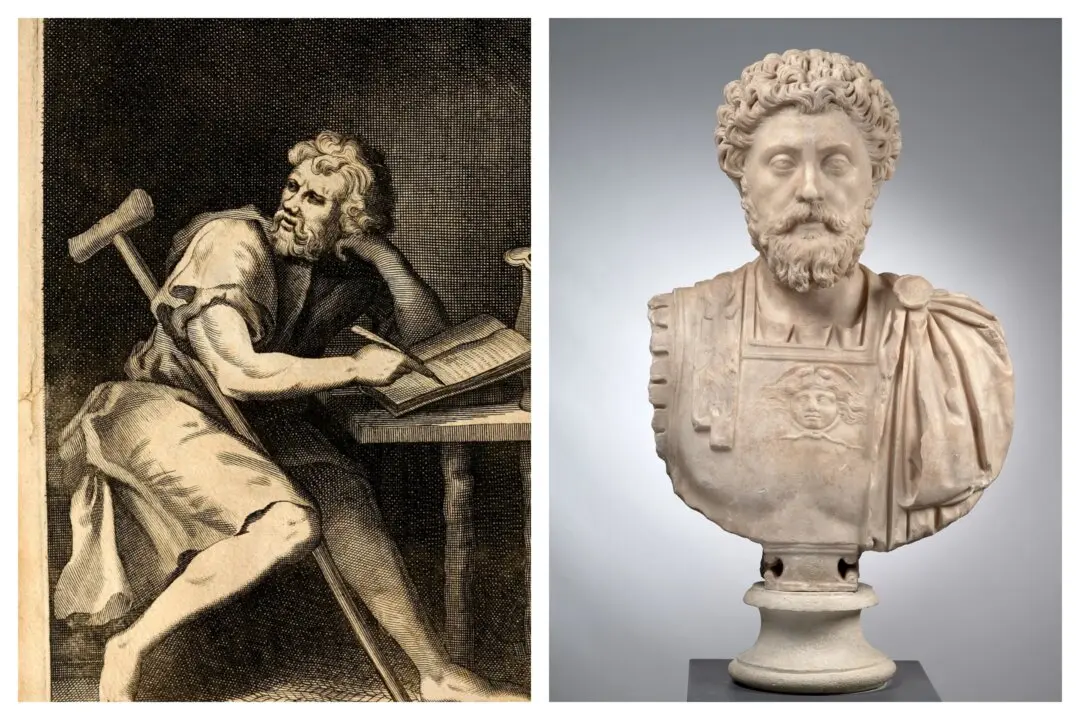Recently, a survey by The Harris Poll found that 72 percent of Americans prefer classical federal buildings to modernist ones. A smaller 2020 study reached a similar conclusion. Earlier studies report that besides a general dislike of their appearance, participants also said that modernist buildings “disconnect form from function,” according to researcher Jack L. Nasar, professor of City and Regional Planning at The Ohio State University, making it difficult to know their purpose. Nevertheless, modernist architecture continues to dictate the shape and appearance of most new buildings, from university centers to apartment complexes.
Some believe that modernism’s monopoly stems from a general loss of interest in beauty and harmony as guiding architectural principles. Some explain it as partly attributable to visual and mental impairments that affected groundbreaking 20th-century modernist architects. Yet we can ask the question: Why is beauty in architecture important in the first place?






